-
 bitcoin
bitcoin $109523.663807 USD
-0.13% -
 ethereum
ethereum $4019.526508 USD
2.06% -
 tether
tether $1.000482 USD
0.00% -
 xrp
xrp $2.776815 USD
0.18% -
 bnb
bnb $958.942396 USD
0.12% -
 solana
solana $204.294698 USD
3.84% -
 usd-coin
usd-coin $0.999693 USD
0.00% -
 dogecoin
dogecoin $0.232115 USD
2.09% -
 tron
tron $0.338028 USD
0.84% -
 cardano
cardano $0.790920 USD
1.50% -
 hyperliquid
hyperliquid $44.871443 USD
5.60% -
 ethena-usde
ethena-usde $1.000322 USD
0.04% -
 chainlink
chainlink $21.034165 USD
2.60% -
 avalanche
avalanche $28.794831 USD
-0.54% -
 stellar
stellar $0.360466 USD
1.24%
What should I do the day after a limit-up on shrinking volume? Will the stock continue to hit the limit-up?
A limit-up on shrinking volume signals weak momentum and potential reversal, especially in crypto-linked stocks, despite bullish price action.
Sep 18, 2025 at 09:54 am
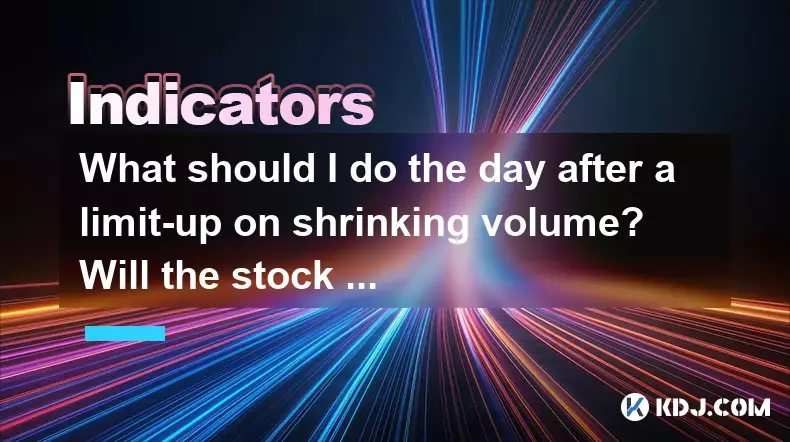
Understanding Limit-Up on Shrinking Volume
1. A limit-up on shrinking volume indicates that the stock has reached its daily price ceiling, but with lower trading activity compared to previous sessions. This often reflects a lack of fresh capital entering the market despite bullish sentiment. The reduced volume suggests cautious participation from traders and investors.
2. When a stock hits the upper circuit with declining volume, it may signal weakening momentum. High enthusiasm might still exist, but fewer hands are exchanging shares, which can foreshadow consolidation or reversal. Market psychology plays a key role here—confidence is present, yet commitment is lacking.
3. In the context of cryptocurrency-linked stocks or blockchain-related equities, this pattern can be amplified by external market narratives. News cycles, macroeconomic data, or shifts in digital asset prices often influence investor behavior even in traditional equity markets tied to crypto themes.
4. Monitoring order book depth becomes crucial. Thin buy walls or sudden removal of large bids could hint at manipulation or profit-taking by insiders. These signs are especially relevant in low-float or speculative names frequently discussed in online trading communities.
5. Technical analysts should examine whether the shrinking volume occurs after multiple consecutive green days. Extended rallies ending with narrow-volume caps often precede pullbacks, as latecomers hesitate to chase higher prices without confirmation of strength.
Immediate Actions for Traders
1. Review your position size and risk exposure immediately. If you're holding shares that surged on weak volume, consider trimming part of the position to lock in profits. Protecting gains is more important than aiming for maximum returns when signals turn ambiguous.
2. Analyze sector-wide movement. Is the entire blockchain or fintech segment behaving similarly? Divergence between your stock and its peers may indicate idiosyncratic risks rather than broad market trends. Correlation with Bitcoin or Ethereum price action can offer additional context.
3. Set tight stop-loss orders above key support levels. Even if the stock remains at limit-up, prepare for potential volatility in the next session. Gaps down are common when euphoria fades and sellers emerge unexpectedly.
4. Avoid chasing entry at the top. Many retail participants fall into the trap of buying momentum purely based on price reaching new highs. Without volume backing, such moves rarely sustain. Patience allows better entry points during corrections.
5. Scan for insider transactions or unusual options activity. Sudden spikes in put volume or regulatory filings related to share sales might confirm distribution patterns behind the scenes, even if surface-level data looks positive.
Assessing Continuation Probability
1. Historical backtesting shows that limit-ups on declining volume have mixed follow-through rates. Stocks tied to real innovation or strong fundamentals tend to recover faster after brief pauses, while meme-driven or hype-based names collapse quickly once momentum stalls.
2. Liquidity conditions matter. During periods of tight monetary policy or rising Treasury yields, markets reward efficiency. Stocks advancing without robust participation are penalized swiftly. Crypto-adjacent equities face added scrutiny due to perceived risk profiles.
3. Check institutional ownership changes. Mutual funds or ETFs increasing stakes provide underlying demand, supporting further upside. Conversely, declining float held by long-term players increases vulnerability to sharp reversals.
4. Evaluate short interest. Highly shorted stocks can experience prolonged squeezes, pushing prices higher temporarily despite weak volume. However, once shorts cover, the fuel for upward movement disappears, leading to rapid declines.
5. Watch pre-market indicators the following day. Futures, overnight crypto performance, and Asian market reactions help gauge global risk appetite. Negative cues suggest profit-taking pressure upon open, regardless of prior day’s close.
Frequently Asked Questions
What does shrinking volume during a limit-up imply about market sentiment?It suggests growing hesitation among traders. While buyers pushed the price to the ceiling, fewer participants joined the rally, indicating potential exhaustion. In speculative sectors like crypto equities, this often precedes sideways movement or correction.
Can a stock continue rising after a low-volume limit-up?Yes, but only under specific conditions—such as unexpected news, breakout above critical resistance, or surge in broader market indices. Without these catalysts, continuation is unlikely. Strength confirmed by rising volume on subsequent days increases validity of the move.
How should I interpret social media buzz following such a price action?Online hype tends to peak when volume declines. Retail traders celebrate new highs without analyzing underlying mechanics. Overly optimistic forums or influencer commentary often coincide with distribution phases. Treat heightened chatter as a contrarian signal rather than confirmation.
Does index inclusion impact the sustainability of a limit-up on weak volume?Index rebalancing can force passive inflows, providing artificial support. If the stock is set to enter a major index, temporary demand may persist regardless of technical flaws. However, once inclusion effects fade, price typically reverts to fundamental alignment.
Disclaimer:info@kdj.com
The information provided is not trading advice. kdj.com does not assume any responsibility for any investments made based on the information provided in this article. Cryptocurrencies are highly volatile and it is highly recommended that you invest with caution after thorough research!
If you believe that the content used on this website infringes your copyright, please contact us immediately (info@kdj.com) and we will delete it promptly.
- Rare 1p Coin Could Fetch £200,000: Are You Holding a Fortune?
- 2025-09-27 12:25:13
- MAGACOIN Finance: Buzz, Risks, and the Altcoin Stampede
- 2025-09-27 12:25:13
- Crypto Wallets & Utility Tokens: What's the Hype?
- 2025-09-27 12:30:02
- Shiba Inu's Burn Rate & Crypto Payroll: A New York Perspective
- 2025-09-27 12:45:11
- Grayscale, Near Protocol, and On-Chain Innovation: A New Era for Crypto?
- 2025-09-27 12:45:11
- Punjab Govt, Centre, and the Financial Package: A Tug-of-War?
- 2025-09-27 12:30:02
Related knowledge
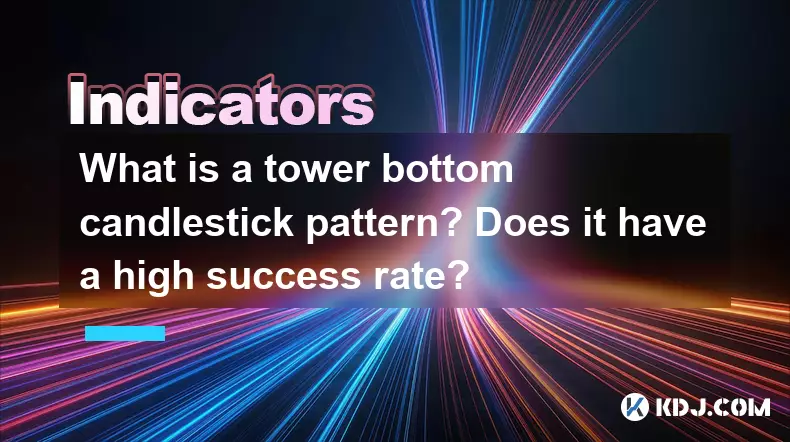
What is a tower bottom candlestick pattern? Does it have a high success rate?
Sep 22,2025 at 07:18am
Tower Bottom Candlestick Pattern Explained1. The tower bottom candlestick pattern is a reversal formation that typically appears at the end of a downt...
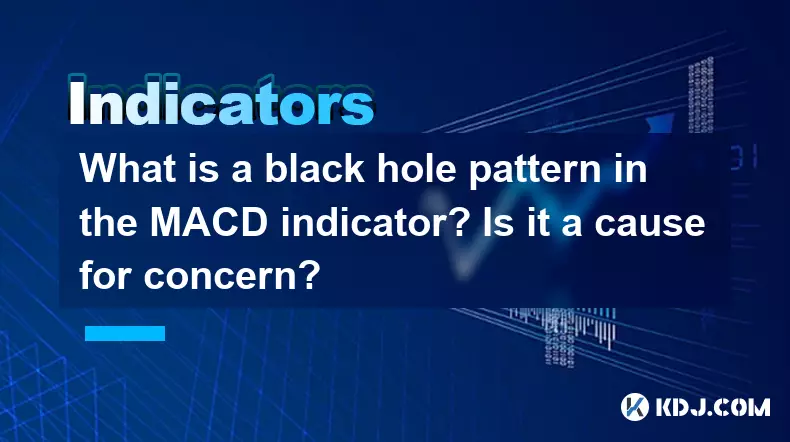
What is a black hole pattern in the MACD indicator? Is it a cause for concern?
Sep 21,2025 at 06:54pm
Bitcoin's Role in Decentralized Finance1. Bitcoin remains the cornerstone of decentralized finance, serving as a benchmark for value and security acro...

How can I use the psychological line (PSY) to determine market sentiment?
Sep 17,2025 at 02:19pm
Understanding the Psychological Line (PSY) in Cryptocurrency TradingThe Psychological Line, commonly referred to as PSY, is a momentum oscillator used...
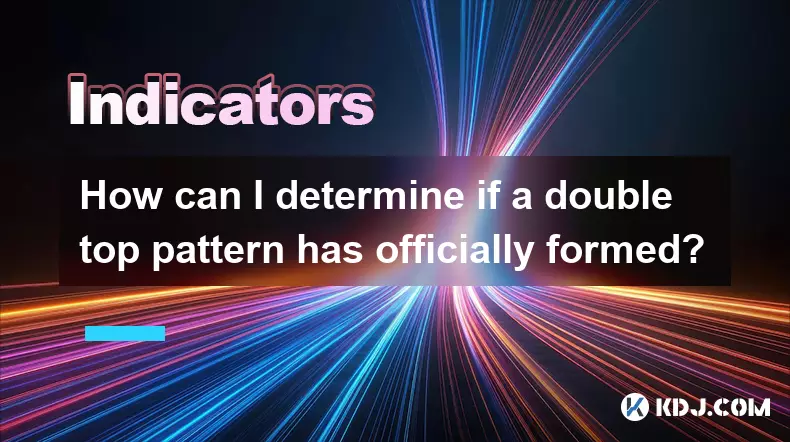
How can I determine if a double top pattern has officially formed?
Sep 21,2025 at 03:18am
Understanding the Structure of a Double Top Pattern1. A double top pattern consists of two distinct peaks that reach approximately the same price leve...
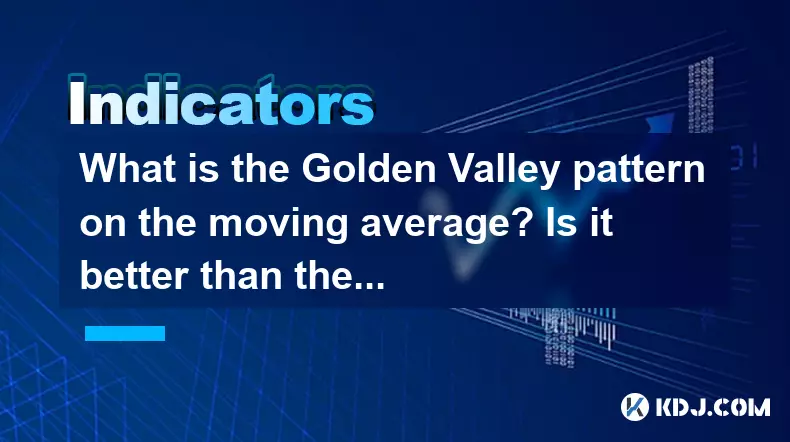
What is the Golden Valley pattern on the moving average? Is it better than the Silver Valley pattern?
Sep 21,2025 at 02:54pm
Understanding the Golden Valley Pattern in Moving Averages1. The Golden Valley pattern is a technical formation observed in cryptocurrency price chart...

What does a death cross of the RSI in the strong zone (above 50) mean?
Sep 17,2025 at 10:54pm
Understanding the Death Cross in RSI Context1. The term 'death cross' is traditionally associated with moving averages, where a short-term average cro...

What is a tower bottom candlestick pattern? Does it have a high success rate?
Sep 22,2025 at 07:18am
Tower Bottom Candlestick Pattern Explained1. The tower bottom candlestick pattern is a reversal formation that typically appears at the end of a downt...

What is a black hole pattern in the MACD indicator? Is it a cause for concern?
Sep 21,2025 at 06:54pm
Bitcoin's Role in Decentralized Finance1. Bitcoin remains the cornerstone of decentralized finance, serving as a benchmark for value and security acro...

How can I use the psychological line (PSY) to determine market sentiment?
Sep 17,2025 at 02:19pm
Understanding the Psychological Line (PSY) in Cryptocurrency TradingThe Psychological Line, commonly referred to as PSY, is a momentum oscillator used...

How can I determine if a double top pattern has officially formed?
Sep 21,2025 at 03:18am
Understanding the Structure of a Double Top Pattern1. A double top pattern consists of two distinct peaks that reach approximately the same price leve...

What is the Golden Valley pattern on the moving average? Is it better than the Silver Valley pattern?
Sep 21,2025 at 02:54pm
Understanding the Golden Valley Pattern in Moving Averages1. The Golden Valley pattern is a technical formation observed in cryptocurrency price chart...

What does a death cross of the RSI in the strong zone (above 50) mean?
Sep 17,2025 at 10:54pm
Understanding the Death Cross in RSI Context1. The term 'death cross' is traditionally associated with moving averages, where a short-term average cro...
See all articles










































































